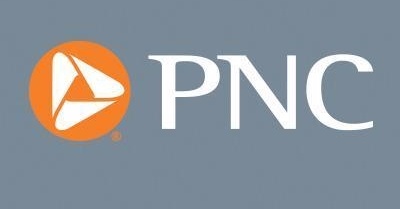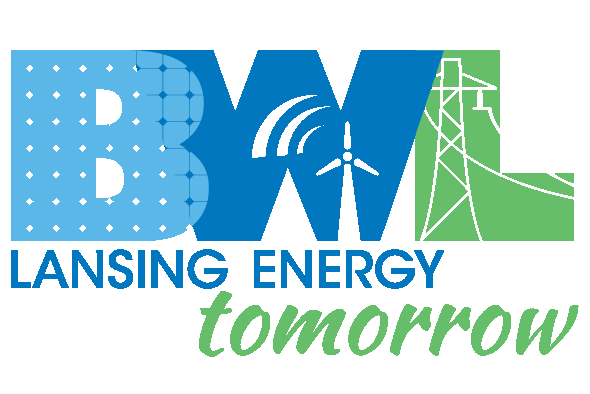
in April 2022
- Final Demand Producer Price Index (PPI) rose 11.0 percent year-over-year in April 2022, a 0.8 percent monthly gain
- Core Final Demand Producer Prices, less Food & Energy, saw growth decelerate into April 2022, but still up 8.8 percent for the year
- Energy PPI saw a significant monthly slowdown, up 1.7 percent from March into April 2022
- Transportation & Warehousing Services price gains accelerated further in April 2022, demonstrating the continued costs of supply chain issues
The Producer Price Index (PPI) for April 2022 remained elevated versus one year ago, up 11.0 percent for the past 12 months. The monthly result for PPI inflation, however, was somewhat encouraging, directionally speaking. PPI inflation eased to 0.5 percent from March into April 2022, which is a slowdown from three (3) consecutive months’ worth of +1.0 percent month-over-month gains to start the year. Although wholesale prices continue to rise, the pace of gains may escape new layers of pressure in the coming months if the Federal Reserve’s efforts to cool the demand side of the economy through monetary policy tightening have their intended effect.
Consumers have thus far swallowed the steady stream of passed-through costs from producers and service suppliers, but higher borrowing rates and rising debt loads for consumers have the potential to break that cycle and thereby allow producers to catch up on inventory backlogs and unmet hiring needs.
Producer price growth for service providers slowed to near a 0.0 percent gain for April 2022 from the month prior (+0.03 percent, seasonally adjusted). As service-oriented businesses attempt to enter the summer months expecting strong demand, a slowdown in their own costs will provide a measure of relief. Leisure & Hospitality industry employment still sits well below pre-pandemic levels across the nation, implying that upward labor cost pressures will remain unrelenting in the coming months. But barring another energy price spike – which is surely dependent upon developments in Russia’s assault on Ukraine – operational costs may not be subject to an additional wave of increases in the near term.
Energy PPI saw a slowdown in April 2022 versus the month prior. PPI inflation in final demand for energy slowed to 1.7 percent in April 2022, from 6.4 percent in March and 7.2 percent in February. Businesses energy costs remain up 39.8 percent compared to one year ago, but in line with the overall PPI results for the month, the pace of rising costs seems to have downshifted. Businesses that have been able to adjust pricing to date in order to account for their own rising costs will enter the coming months in solid shape to respond to consumer demand, assuming supply chain disruptions see progress toward resolution and allow for the acquisition of goods for sale.
The pass-through of recent energy price spikes via transportation and warehousing operations reared its head in the April 2022 PPI report. Intermediate demand for transportation and warehousing services accelerated in April 2022, rising to 2.5 percent month-over-month after a 2.1 percent gain in March (+0.5 percent in both January & February 2022). Final demand for transportation and warehousing saw a still-strong 3.6 percent gain from March into April 2022, which compares to pandemic-high of 5.7 percent gain in the previous month.
These gains exemplify the process of PPI inflation working through the economic system to consumers, where the cost of raw materials and actual production compound with rising costs of getting goods to market and providing energy intensive services to customers. The end result is that even if easing in April’s PPI inflation has staying power, consumers can still expect to see rising prices for several more months based solely upon producers and services providers accounting for the higher costs they themselves have endured.
The Federal Reserve’s monetary policy tightening plans for the coming year will help to slow future demand but are generally expected to have lagged impacts of between 12 and 18 months. PNC is forecasting Fed Fund rate hikes of 50 basis points in both June and July, and further quarter-point increases in the second half of 2022. Ultimately, the Fed aims to slow consumer demand and businesses’ appetite for expansion, thus removing those upward influences on prices. One of their earliest indicators of success will be the PPI inflation reports of the next few months.
The PNC Financial Services Group, Inc. is one of the largest diversified financial services institutions in the United States, organized around its customers and communities for strong relationships and local delivery of retail and business banking including a full range of lending products; specialized services for corporations and government entities, including corporate banking, real estate finance and asset-based lending; wealth management and asset management. For information about PNC, visit www.pnc.com.













